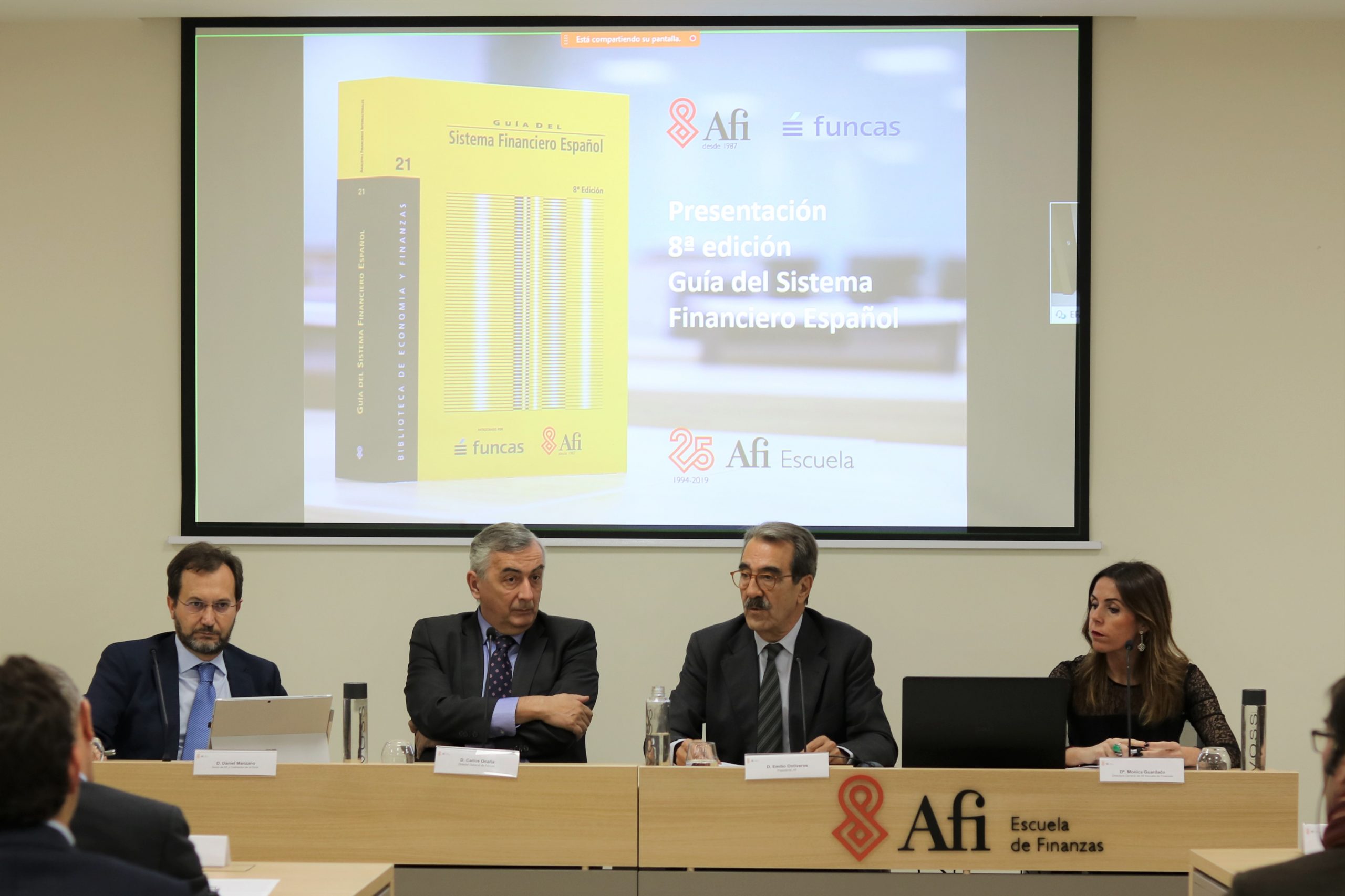Propósitos para 2020: adaptarse, encontrar los datos adecuados y evitar los sesgos cognitivos
| Por IreneValiente | 0 Comentarios

2019 fue un año difícil para los inversores, que tuvieron que afrontar el Brexit, los conflictos comerciales y el incremento del malestar social a nivel global. En 2020, NN Investment Partners busca utilizar el conocimiento que ha adquirido para afrontar los nuevos desafíos. Su CIO Valentijn van Nieuwenhuijzen plantea en este artículo cuatro propósitos para el nuevo año.
1. Mantenerse adaptable
Los hechos políticos y económicos de los últimos años han evidenciado que el entorno macroeconómico puede cambiar de un momento a otro. La información nueva viaja rápidamente a través del mundo financiero y los inversores están constantemente preparados para explotar las noticias antes de que sean valoradas por el mercado. NN IP considera que, si se mantienen flexibles en sus asignaciones y mantienen una perspectiva adaptable, podrán aprovechar las oportunidades que surjan.
Para 2020, la gestora apuesta por seguir aprovechándose de las fluctuaciones inesperadas del mercado mientras mantiene su horizonte de inversión a largo plazo. En sus carteras multiactivos, por ejemplo, su enfoque dinámico le permite adecuar sus asignaciones tácticas a corto plazo a los cambios rápidos del mercado.
Al mismo tiempo, mantiene una perspectiva estratégica en sus expectativas de mercado a largo plazo. “La volatilidad a corto plazo podría ir en contra de nuestras perspectivas a largo plazo, por lo que mantener este punto de vista dual nos permite localizar oportunidades sin perder de vista nuestra estrategia fundamental a más largo plazo”, asegura.
2. Centrarse en la sostenibilidad
Tal y como reveló su reciente encuesta de Inversión Responsable, la mayoría de los inversores todavía se creen el mito de que invertir de forma responsable impactará negativamente sus retornos. Sin embargo, según NN IP, las investigaciones demuestran que invertir con responsabilidad e incorporar criterios de sostenibilidad en realidad puede mejorar los retornos y mitigar el riesgo. “Esto sostiene nuestra profunda convicción de que la inversión responsable no solo es lo correcto para el mundo en el que vivimos, sino también para nuestras carteras”, señala.
En 2020, la entidad busca integrar los criterios ASG en los procesos de inversión de cada vez más estrategias y expandir sus activos sostenibles y de impacto bajo gestión. “También nos comprometemos a mantener nuestra estricta definición de la integración ASG, a través de la cual cada decisión incorpora consideraciones A, S y G de forma demostrable y consistente”. Además, la gestora busca perfeccionar sus informes y potenciar su transparencia para demostrar mejor el impacto de sus carteras.
Al invertir de forma responsable, NN IP apuesta también por empresas ambiciosas que ofrecen soluciones a los desafíos globales. “De esta forma, y evitando aquellas compañías que son incapaces de realizar la transición, estamos poniendo a prueba nuestras carteras de cara a un mañana más sostenible”.
3. Buscar los datos adecuados
Las últimas décadas han estado marcadas por la explosión de la cantidad de datos disponibles, particularmente cuando se trata de la inversión responsable. Tras las mejoras significativas en transparencia, los inversores tienen ahora datos suficientes sobre los compromisos de sostenibilidad de las empresas y los registros de controversias. A esto se suma también el crecimiento de los proveedores de datos ASG como Sustainalytics. Sin embargo, la infinidad de datos genera nuevos desafíos: En un mundo repleto de ruido, ¿cómo pueden encontrar oportunidades los inversores?
La gestora se propone utilizar todas sus herramientas para buscar los datos “correctos”. Para lograrlo, considera que no se puede confiar únicamente en las impresiones de proveedores externos, sino que deben servirse de sus propios análisis de datos. También colabora con instituciones académicas y utiliza avances tecnológicos como el procesamiento del lenguaje para descubrir perspectivas nuevas de los datos y desafiar sus prejuicios. Finalmente, estos análisis no lo dicen todo, por lo que, para comprender completamente los datos con los que cuentan, NN IP apuesta por comprometerse directamente con las empresas.
4. Evitar los sesgos cognitivos
A la hora de tomar decisiones de inversión, es imposible evitar completamente los sesgos cognitivos. Un ejemplo es el fenómeno de la aversión a la pérdida, que tiene lugar cuando los inversores evitan las pérdidas hasta el extremo de que se niegan a asumir incluso los riesgos calculados. “Esto suele resultar en la pérdida de oportunidades de generación de alpha”, advierte la entidad.
En cambio, el exceso de confianza puede llevar a subestimar los riesgos implicados en las decisiones de inversión y sobrestimar las capacidades propias de predicción, lo que puede incrementar las pérdidas. “Como inversores, debemos estar dispuestos a asumir riesgos calculados y aceptar pérdidas potenciales, sin cegarnos por el optimismo ni permitir que el miedo a perder bloquee nuestra capacidad de explotar las oportunidades”.
De cara a 2020, NN IP se propone reconocer y evitar los sesgos cognitivos comunes entre los inversores. A su juicio, haciendo las preguntas adecuadas y abordando de manera crítica los motivos detrás de sus decisiones, se puede reconocer mejor los obstáculos psicológicos que suelen interponerse en el camino del éxito de una inversión.
“Buscamos afrontar los desafíos y las oportunidades que quedan por delante con intenciones claras y comprometidos con nuestros objetivos centrales. Con datos relevantes y prospectivos, centrándonos en la sostenibilidad, reconociendo nuestros propios sesgos y manteniéndonos flexibles para aprovechar las oportunidades repentinas, estaremos mejor ubicados para generar alpha para nuestros clientes”, sentencia la gestora.










